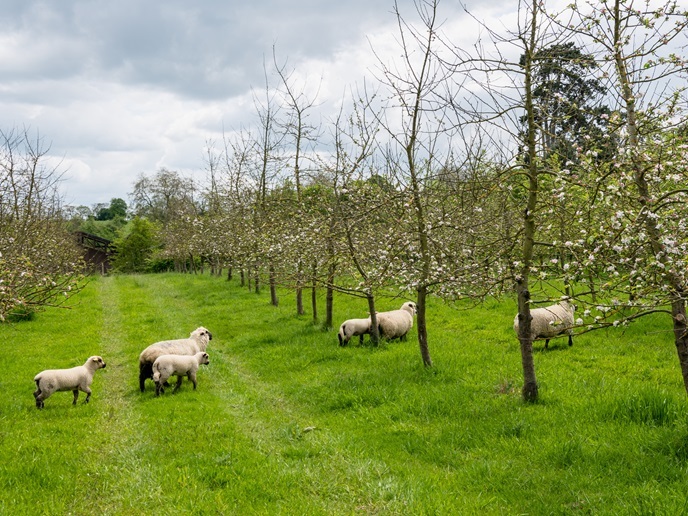Bacteria-based biofertiliser to replace chemicals
The global population is expected to increase by 35 % over the next 40 years. To feed this growing world, agriculture will have to keep pace. Agricultural output will need to increase to accommodate the growing population, but most of the increase is expected to come from producing more on existing farmland, much of which has already been degraded and lost its nutritional content. Fertilisers are indispensable to the goal of securing quality and volume. Yet increased use in chemical fertilisers to improve crop yields can harm animal and human health and pollute the environment. “Production of inorganic fertilisers is an industrial process that consumes a lot of energy, with around 2 % of the world’s energy production consumed in the production of fertilisers, mainly nitrogen and phosphate,” explains José Manuel Casanova, president and CEO at Probelte(opens in new window) in Spain. Biofertilisers(opens in new window) are a more environmentally friendly option, yet suffer from drawbacks. Shelf life is normally short, and the fertilisers only work with specific crops and are expensive. The Bulhnova project proposes another solution. Rather than increasing soil fertility by adding nutrients directly into the ground, Bulhnova adds nutrients into the soil through the natural process of fixing atmospheric nitrogen and solubilizing phosphorus and potassium. It also stimulates plant growth through the synthesis of growth-promoting substances. Bulhnova is a cost-effective fertiliser with multi-nutritional properties which enhance crop quality while reducing the harmful effects on the environment.
Promising solution
Bulhnova is the fruit of more than 5 years of research, trials and demonstrations. It is created from a group of bacteria that colonise roots and rhizosphere(opens in new window) soil. These bacteria are strong biostimulants that produce effective phytohormones(opens in new window) – signal molecules which promote plant development and growth. Bulhnova is formulated from the fermentation of broths incorporating two specific bacteria, Azospirillum brasilense and Pantoea dispersa. The process includes the careful selection of the two bacterial strains, their cultivation using a specific nutrient medium and their fermentation using a liquid base. While most technologies separate biofertilisers according to the nutrient they supply, such as nitrogen, phosphorus and potassium, Bulhnova is an integrated product that combines all three in a single product, meaning it can be used in more versatile ways across different crop groups. This was achieved through the successful merging of the two different indigenous strains of bacteria and providing the necessary conditions for them to co-exist. Bulhnova can be mixed with conventional fertiliser to achieve up to 20 % more production output whilst reducing environmental impact and reducing carbon footprint by over 98 %, according to the project research. “Another unique feature of Bulhnova is its ability to co-work with conventional fertilisers to reduce the dose of chemical fertilisers, which reduces pollution and their impact on the environment,” adds Casanova. Until now, most biofertilisers could only be made in solid format due to the difficulty in achieving long-term stability and viability in the container to be applied in crops. Solid biofertilisers have good stability in the container but are less effective. Bulhnova is a liquid, meaning it acts quickly and can be applied through drip irrigation.
Research and development
EU grant money allowed the project to ascertain the technical, commercial and financial feasibility of developing and bringing Bulhnova to the market, and to develop the perfect formula for stability across different crops and extreme temperatures. “The product is now close to market and our next step is to reach technical and commercial market readiness by developing the industrial version of Bulhnova,” says Casanova.







